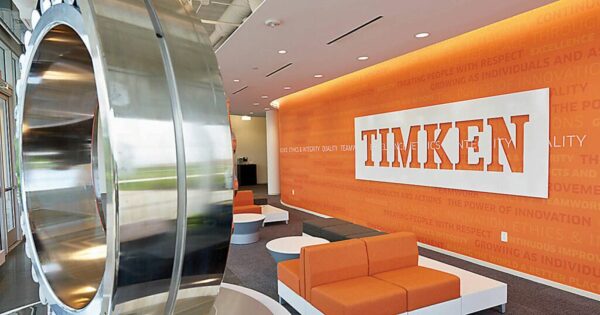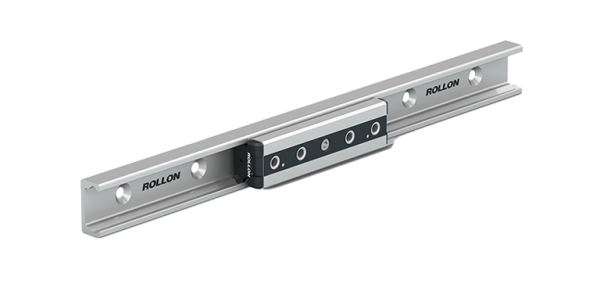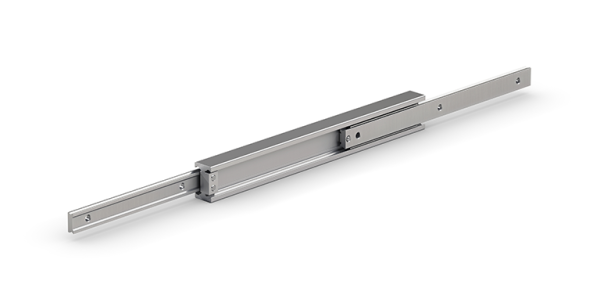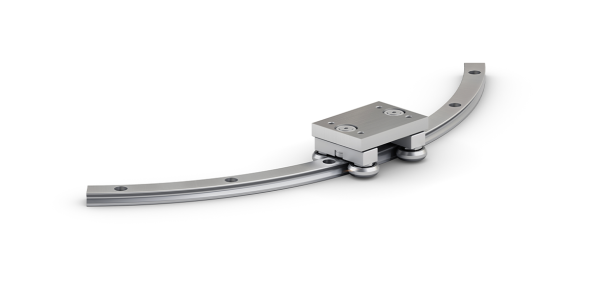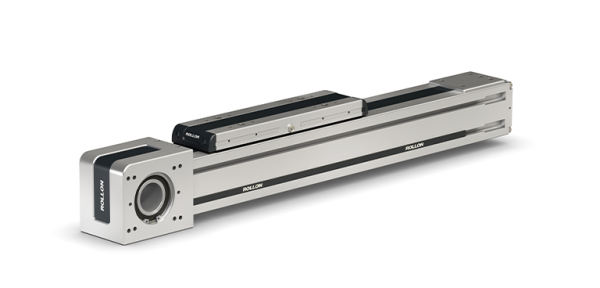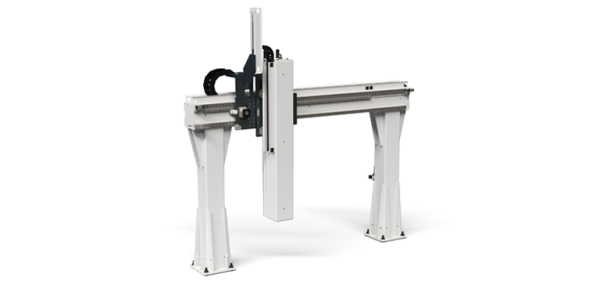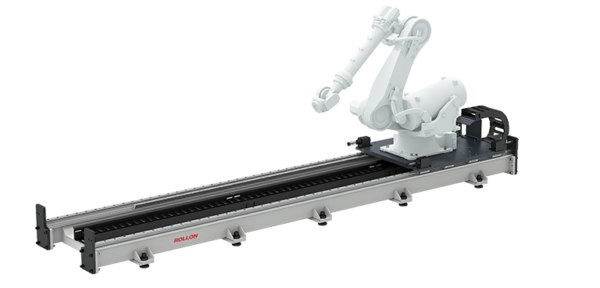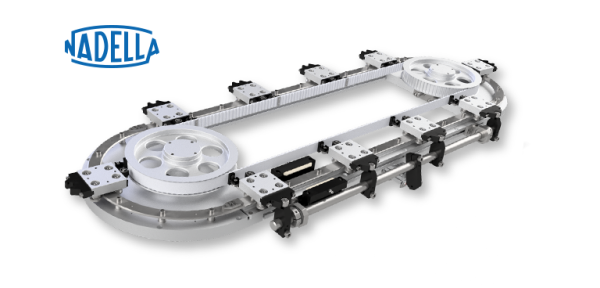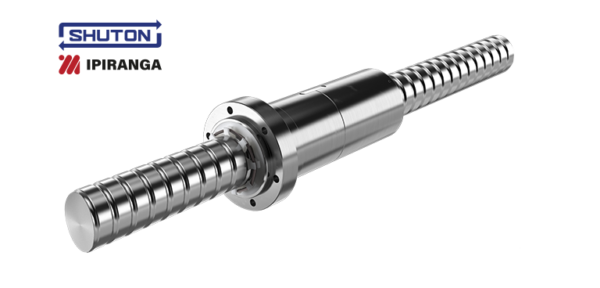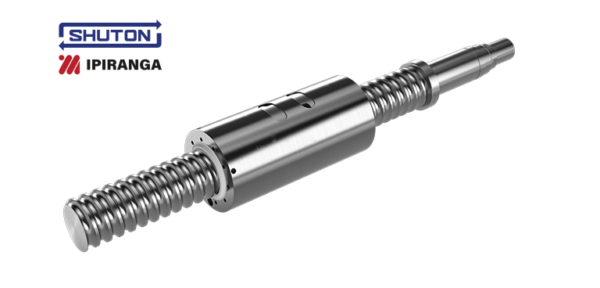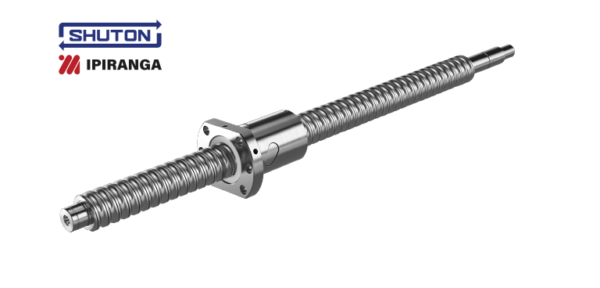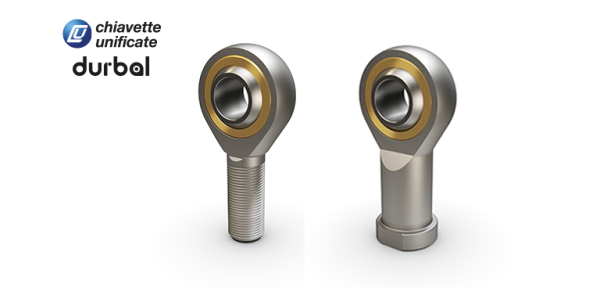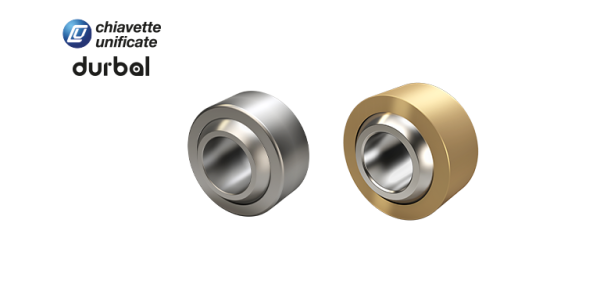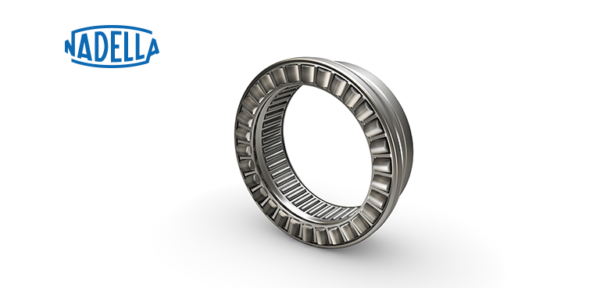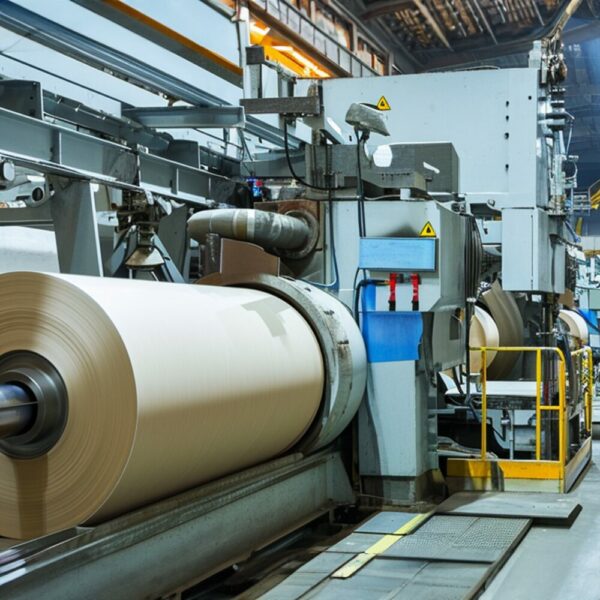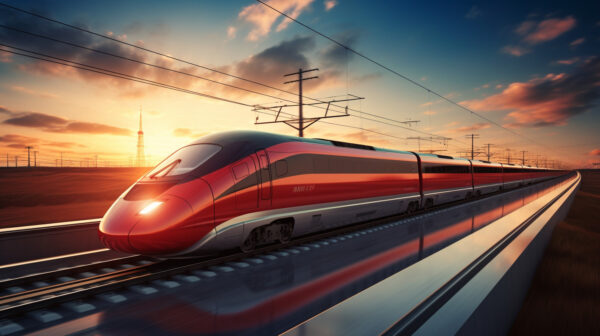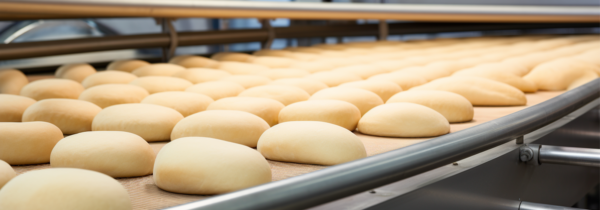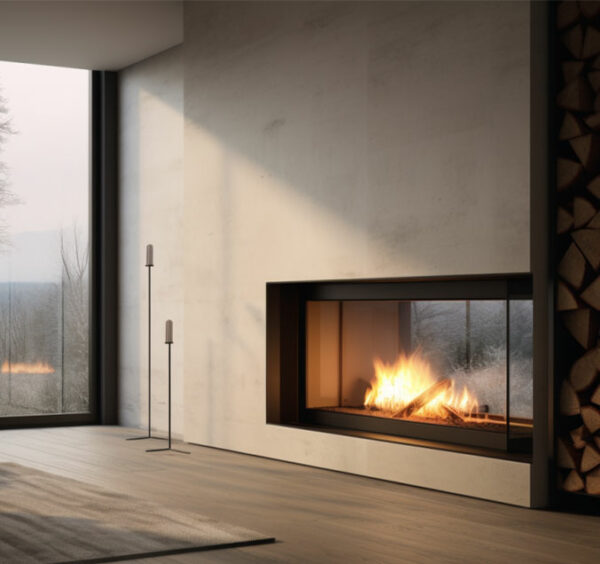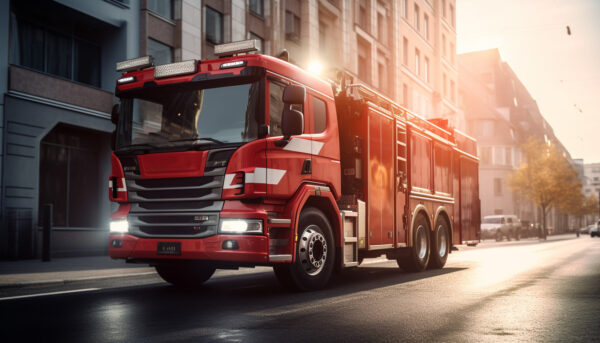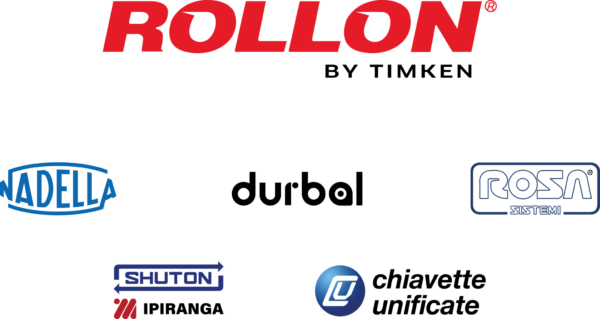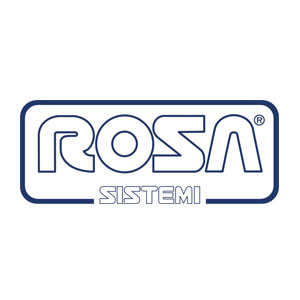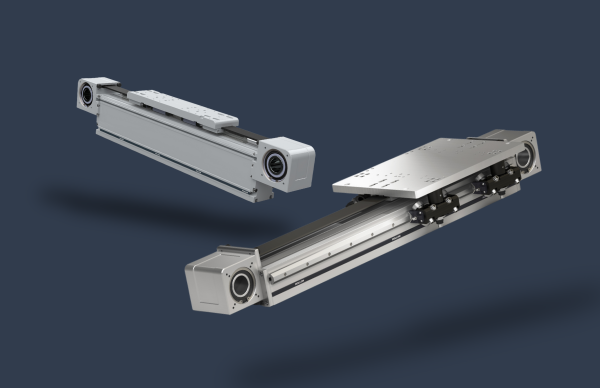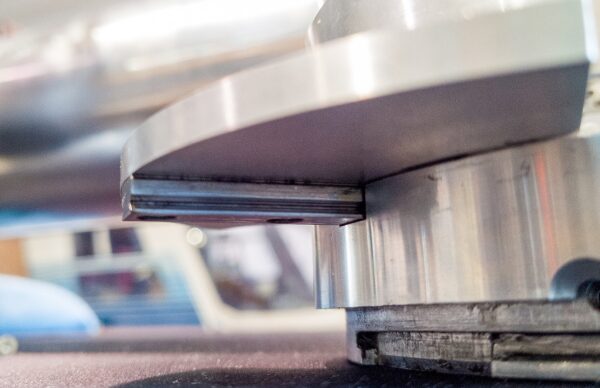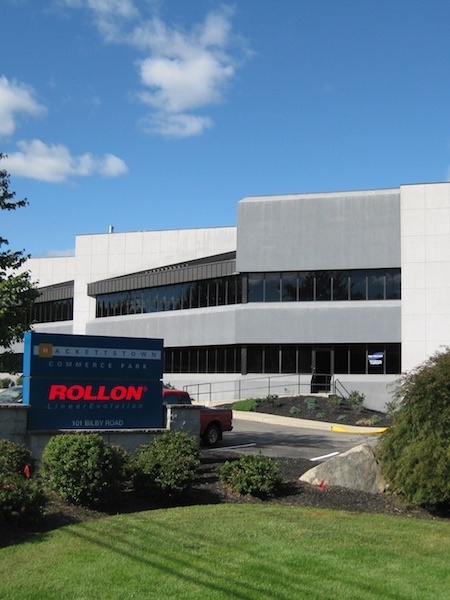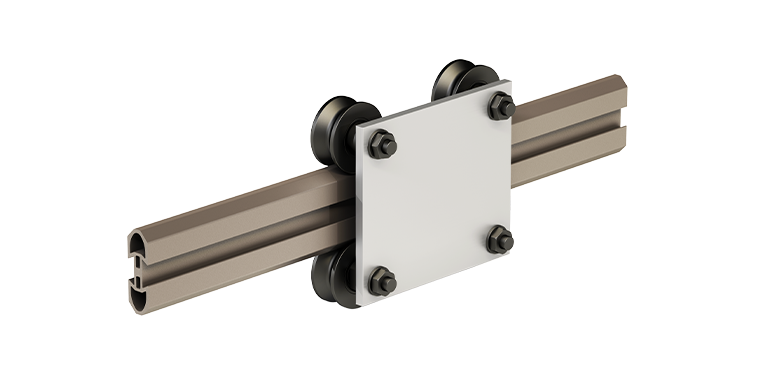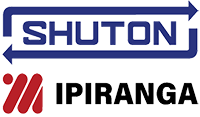In the entertainment industry, a good stage production often depends on what happens behind the scenes. Sometimes the components that make up the rigging systems that safely and discreetly move scenery and equipment across a stage for effect are the real stars of the show. That’s especially true for rigging systems with unique design challenges.
The Challenge
For example, a Rollon customer is building an assembly to raise and lower a flying cage above an amphitheater stage at a theme park. The cage weighs 13,000 pounds and will be driven by a cable and guide system. Most of the weight will be concentrated on the front portion of the cage. Another challenge: the cables can only provide vertical lift; they cannot support a swing load if the cage moves around such as during windy conditions. The assembly needed a linear guide that could take care of both the offset loads caused by the uneven weight of the cage, as well the swing loads, so the cables can lift the cage directly from its center as part of a partially cantilevered assembly.
After researching the potential offset load requirements, the engineering firm determined that the slider assemblies will need to handle between 65 and 70 pounds of radial force, nominal, and 177 pounds of force in the event of an e-stop condition. The cage has to travel a 16-foot vertical stroke, and with sliders spaced apart for control, each rail must be 32 feet in length. Other requirements for the linear guide include:
- Rugged construction. The rails must stand up to dirt and debris while requiring little maintenance.
- Long lifetime. The customer requires a 15- to 20-year lifetime.
- Quiet operation. The assembly is intended to operate in a performance space where noise caused by rolling or sliding parts may bother audiences.
Setting the Stage for Reliable Performance
The customer chose Rollon’s Speedy Rail self-supporting linear rails because they were pleased with its performance in a previous amusement park application. They installed the Speedy Rail linear guide along the back of the cage assembly behind the cable drive. The rails — made from hard anodized extruded aluminum profiles and steel bearings coated with a plastic compound — absorb the moment forces whenever the 13,000-pound cage tilts, while the rails and sliders support the offset loads thanks to their good rigidity. And the rails can be joined for potentially infinite strokes. Speedy Rail also stands up to harsh, dirty environments and resists wear, while achieving a long travel life of 80,000 kilometers without lubrication or maintenance. Speedy Rail features and benefits include:
- Good rigidity. The aluminum extruded rail provides stiffness to the structure thanks to the five-inch rail width in the direction of the loading.
- Self-aligning. The system is capable of controlling misalignment to ± four millimeters. For parallel rails, the rollers and supports compensate for parallelism errors up to eight millimeters. Since the Speedy Rail unit for this application included four rails and eight sliders, the forgiving assembly made installation easy.
- Self-supporting. Because the aluminum that makes up Speedy Rail has a high moment of inertia, aluminum is also used for the sliding system’s structure. That makes additional support unnecessary.
- Quiet operation. The rollers feature a plastic compound covering so the unit operates quietly.
- Corrosion resistance. Anodized aluminum parts resist corrosion and do not require any other treatment.
- Low maintenance. Speedy Rail does not require lubrication.
- Lightweight. Aluminum profiles make Speedy Rail lighter and easier to mount than steel rails.
Not only did the engineering firm benefit from a high-performance structural guide, it also tapped into Rollon’s technical expertise. Rollon engineers helped select the right Speedy Rail size for the application, and they helped address various technical concerns, including:
- Calculating the ideal space between sliders in order to accommodate the load and maintain tight control.
- Determining how Speedy Rail’s rollers will handle impacts and e-stops.
- Validating how Speedy Rail will stand up to windy conditions due to the outdoor environment and the surface area of the cage.
The result: The firm found an optimal structural guide to use with the flying cage assembly, and Rollon technical support ensured optimal performance. Plus Speedy Rail requires nearly zero maintenance or lubrication over the guide’s long operating life cycle, so the show can go on and on.
For more information about self-supporting Speedy Rail, visit our product page.


